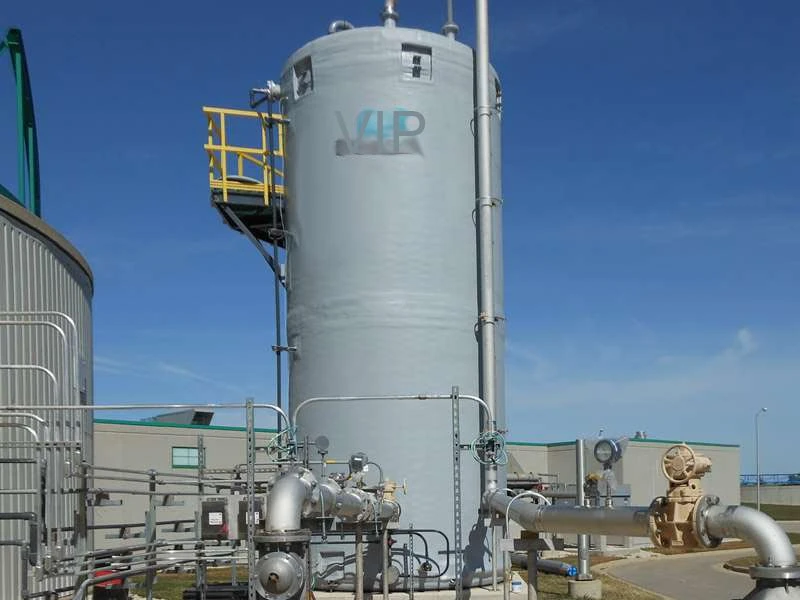
-
 Afrikaans
Afrikaans -
 Albanian
Albanian -
 Amharic
Amharic -
 Arabic
Arabic -
 Armenian
Armenian -
 Azerbaijani
Azerbaijani -
 Basque
Basque -
 Belarusian
Belarusian -
 Bengali
Bengali -
 Bosnian
Bosnian -
 Bulgarian
Bulgarian -
 Catalan
Catalan -
 Cebuano
Cebuano -
 China
China -
 China (Taiwan)
China (Taiwan) -
 Corsican
Corsican -
 Croatian
Croatian -
 Czech
Czech -
 Danish
Danish -
 Dutch
Dutch -
 English
English -
 Esperanto
Esperanto -
 Estonian
Estonian -
 Finnish
Finnish -
 French
French -
 Frisian
Frisian -
 Galician
Galician -
 Georgian
Georgian -
 German
German -
 Greek
Greek -
 Gujarati
Gujarati -
 Haitian Creole
Haitian Creole -
 hausa
hausa -
 hawaiian
hawaiian -
 Hebrew
Hebrew -
 Hindi
Hindi -
 Miao
Miao -
 Hungarian
Hungarian -
 Icelandic
Icelandic -
 igbo
igbo -
 Indonesian
Indonesian -
 irish
irish -
 Italian
Italian -
 Japanese
Japanese -
 Javanese
Javanese -
 Kannada
Kannada -
 kazakh
kazakh -
 Khmer
Khmer -
 Rwandese
Rwandese -
 Korean
Korean -
 Kurdish
Kurdish -
 Kyrgyz
Kyrgyz -
 Lao
Lao -
 Latin
Latin -
 Latvian
Latvian -
 Lithuanian
Lithuanian -
 Luxembourgish
Luxembourgish -
 Macedonian
Macedonian -
 Malgashi
Malgashi -
 Malay
Malay -
 Malayalam
Malayalam -
 Maltese
Maltese -
 Maori
Maori -
 Marathi
Marathi -
 Mongolian
Mongolian -
 Myanmar
Myanmar -
 Nepali
Nepali -
 Norwegian
Norwegian -
 Norwegian
Norwegian -
 Occitan
Occitan -
 Pashto
Pashto -
 Persian
Persian -
 Polish
Polish -
 Portuguese
Portuguese -
 Punjabi
Punjabi -
 Romanian
Romanian -
 Russian
Russian -
 Samoan
Samoan -
 Scottish Gaelic
Scottish Gaelic -
 Serbian
Serbian -
 Sesotho
Sesotho -
 Shona
Shona -
 Sindhi
Sindhi -
 Sinhala
Sinhala -
 Slovak
Slovak -
 Slovenian
Slovenian -
 Somali
Somali -
 Spanish
Spanish -
 Sundanese
Sundanese -
 Swahili
Swahili -
 Swedish
Swedish -
 Tagalog
Tagalog -
 Tajik
Tajik -
 Tamil
Tamil -
 Tatar
Tatar -
 Telugu
Telugu -
 Thai
Thai -
 Turkish
Turkish -
 Turkmen
Turkmen -
 Ukrainian
Ukrainian -
 Urdu
Urdu -
 Uighur
Uighur -
 Uzbek
Uzbek -
 Vietnamese
Vietnamese -
 Welsh
Welsh -
 Bantu
Bantu -
 Yiddish
Yiddish -
 Yoruba
Yoruba -
 Zulu
Zulu
Feb . 04, 2025 01:09
Back to list
chemical storage tank
In the world of industrial and chemical engineering, the importance of a reliable chemical storage tank cannot be overstated. Organizations specializing in the handling and storage of hazardous materials recognize the critical role these tanks play in ensuring safety, regulatory compliance, and operational efficiency. This expertise, honed over years, underscores a deep understanding of the complexities involved in storing chemicals securely and efficiently.
Furthermore, the conversation on trustworthiness in chemical storage cannot be devoid of discussions on risk management. Effective risk assessment and mitigation strategies are cornerstone practices. By employing state-of-the-art sensors and monitoring systems, organizations can detect leaks and temperature fluctuations in real-time, allowing for prompt corrective actions. This proactive approach evidences a commitment to safety and reliability, fostering a sense of trust among stakeholders. Trustworthiness is further reinforced through rigorous inspection and maintenance protocols. Regular inspections ensure the integrity of the tanks and the ancillary infrastructure, identifying potential points of failure before they escalate into critical issues. An authoritative stance on maintenance, grounded in real-world experience and recognition of industry best practices, carries significant weight in safeguarding the reliability of chemical storage systems. In an industry where transparency can mean the difference between trust and skepticism, clear and open communication with stakeholders is paramount. Clients and regulatory bodies alike place immense value on documented proof of compliance, maintenance records, and incident reports. Maintaining such records meticulously not only enhances transparency but also underlines a company’s commitment to accountability and continuous improvement. Ultimately, the narrative of chemical storage tanks is one woven with the threads of experience, expertise, authoritativeness, and trustworthiness. By drawing on a rich well of industry knowledge, companies can design and implement storage solutions that not only meet but exceed industry standards. Through a steadfast focus on compliance, safety, and innovation, the leaders in this domain elevate the discourse from mere storage to a comprehensive strategy in chemical management. This holistic approach ensures not only operational success but also contributes to the overarching aim of creating safer, more sustainable industrial practices.


Furthermore, the conversation on trustworthiness in chemical storage cannot be devoid of discussions on risk management. Effective risk assessment and mitigation strategies are cornerstone practices. By employing state-of-the-art sensors and monitoring systems, organizations can detect leaks and temperature fluctuations in real-time, allowing for prompt corrective actions. This proactive approach evidences a commitment to safety and reliability, fostering a sense of trust among stakeholders. Trustworthiness is further reinforced through rigorous inspection and maintenance protocols. Regular inspections ensure the integrity of the tanks and the ancillary infrastructure, identifying potential points of failure before they escalate into critical issues. An authoritative stance on maintenance, grounded in real-world experience and recognition of industry best practices, carries significant weight in safeguarding the reliability of chemical storage systems. In an industry where transparency can mean the difference between trust and skepticism, clear and open communication with stakeholders is paramount. Clients and regulatory bodies alike place immense value on documented proof of compliance, maintenance records, and incident reports. Maintaining such records meticulously not only enhances transparency but also underlines a company’s commitment to accountability and continuous improvement. Ultimately, the narrative of chemical storage tanks is one woven with the threads of experience, expertise, authoritativeness, and trustworthiness. By drawing on a rich well of industry knowledge, companies can design and implement storage solutions that not only meet but exceed industry standards. Through a steadfast focus on compliance, safety, and innovation, the leaders in this domain elevate the discourse from mere storage to a comprehensive strategy in chemical management. This holistic approach ensures not only operational success but also contributes to the overarching aim of creating safer, more sustainable industrial practices.
Next:
Related Products









